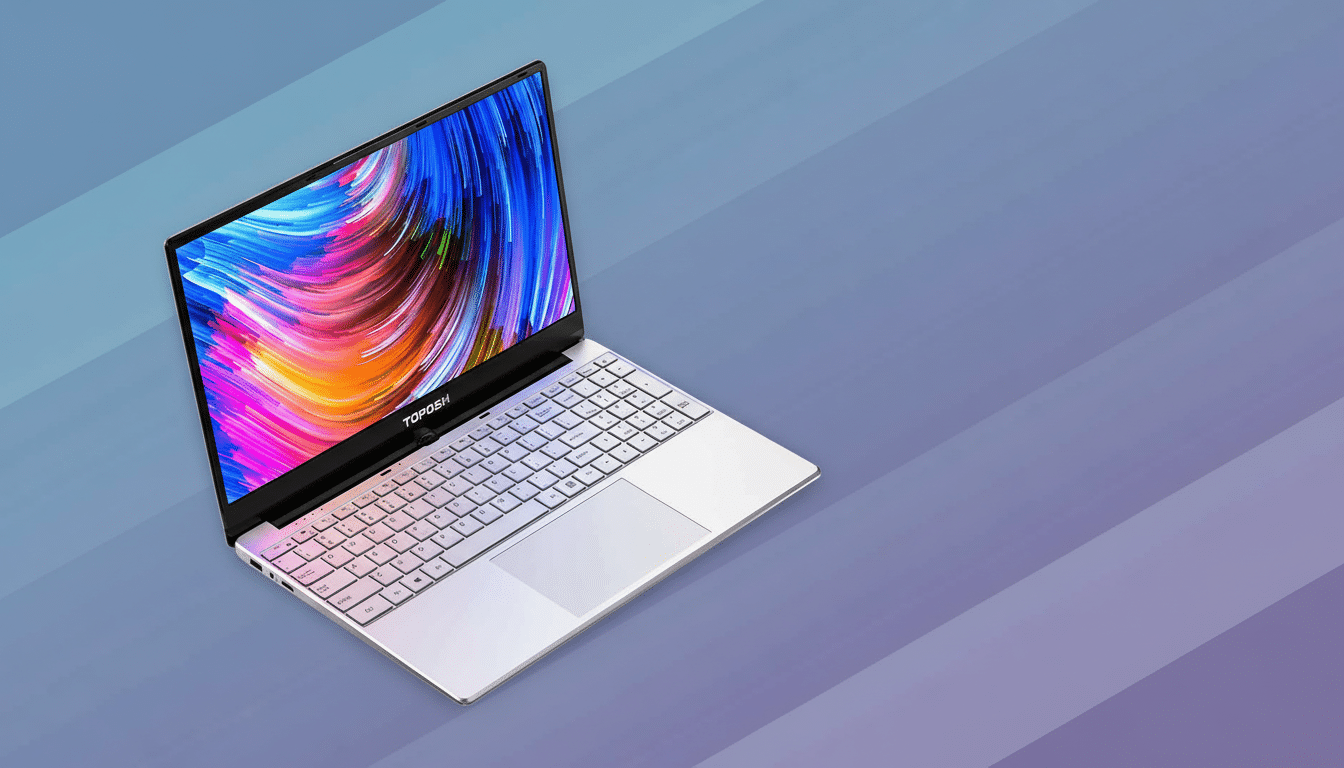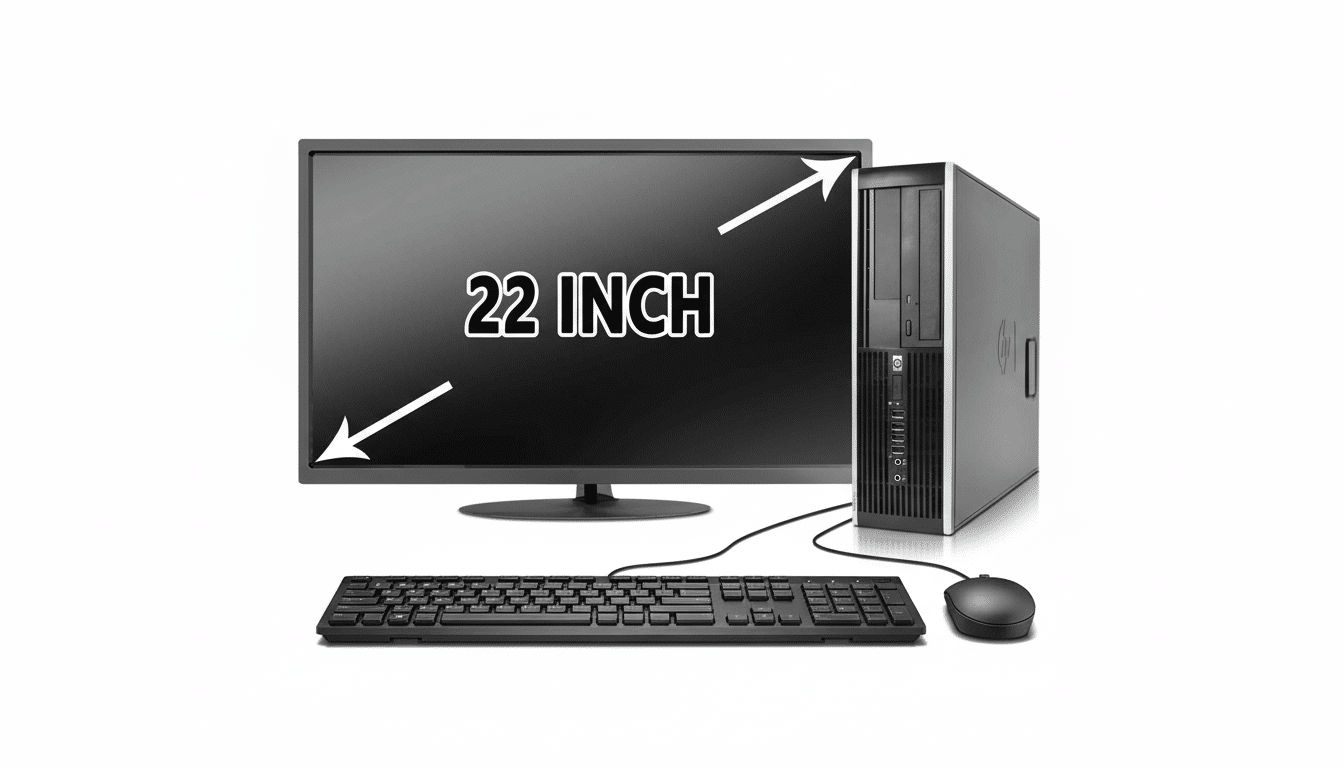Windows 10’s mainstream support is officially coming to an end, but you can keep your computer secure and receive the latest kind of updates if you grab a free Windows 10 Pro upgrade. All it takes is a few minutes, no payment necessary! And you’d better do it now.
Microsoft has thrown open a pair of no-cost switchover methods for Extended Security Updates (ESU) for eligible devices, essentially providing free immunity for at least the next 12 months to holdouts as they figure out how to get on Windows 11 or acquire new hardware.

ESU: What You Really Get After Windows 10 Support Ends
ESU provides “critical” and “important” security patches for Windows 10 after mainstream support ends. It provides no new features, non-security bug fixes, or regular support options and does not make old computers run like new or faster, or bring future feature updates. Consider it a security seatbelt, buying time — not a full-service warranty.
This matters. Independent trackers, such as StatCounter, continue to report that Windows 10 is still used on a significant number of PCs; meanwhile, national cybersecurity agencies have repeatedly cautioned that unsupported systems are juicy targets for hackers. ESU shuts down that risk gap for one more iteration.
3 Ways to Make Sure Windows 10 Is Updated
That’s changed: There are now three ways (including two you can use without spending money) to get a personal Windows 10 device (Version 22H2 required) on ESU:
- Redeem Microsoft Rewards points. Redeem 1,000 points for a year’s ESU enrollment. If you use Bing, the Microsoft Store, or the Bing app, you might already be close — daily quizzes and searches accumulate fast, for example, and installing the Bing app is generally good for gaining a lump sum of points to begin with.
- Switch on Windows Backup to OneDrive. Synchronizing your PC with Microsoft’s Windows Backup will bind your device to a Microsoft account and give it an ESU year gratis at no additional cost. Remember, backups do use up space in OneDrive; the base plan only provides 5GB of space for free, so heavy backups might force you to upgrade your storage even though ESU is still free through this route.
- Pay a small fee. And if you don’t want to go the free route, you can buy one year’s worth of ESU at a pretty reasonable per-device price. This is the easiest if you don’t want to sign up for Rewards or use OneDrive backup.
There’s also a regional twist: Microsoft has said that customers in the European Economic Area can get a free ESU year linked to region-specific demands.
If you have your device’s locale set in the EEA, refer to the ESU notice within Settings to see details before pursuing an alternative course of action.

Enroll Before the Cutoff to Secure Windows 10 ESU
For speedier access, make sure first that you’re on Windows 10 Version 22H2 with the latest cumulative updates in place. Then:
- Go to Settings > Update & Security > Windows Update. Find an Extended Security Updates banner or notification. Microsoft has also been pushing an enrollment wizard through system notifications.
- Log in using your Microsoft account. You’ll need this for the Rewards and OneDrive choices, and it makes signing up for premium a little easier, too.
- Choose your reward: redeem Rewards points, set up Windows Backup on OneDrive, or purchase ESU. Verify and proceed with any options to complete the enrollment process.
- Restart if prompted. You can verify the enrollment by going back to Windows Update, where you should see a confirmation that ESU coverage has been applied and that there are updates available.
Who Should Stick With Windows 10 Instead of Upgrading
ESU is most valuable for PCs that are otherwise stuck without the ability to run Windows 11 — systems that don’t include TPM 2.0 or with older Intel/AMD processors, in other words. It’s also a good idea in highly specialized software environments where validation or migration are time-consuming. Why it matters: If you’re a Windows Insider or want to play with the new OS now and next year, the download feature could still be great for testing. For everyone else simply considering upgrading to Windows 11 — or purchasing a new PC anyway — they would almost certainly be better off making the move for features, performance, and broader app support down the road.
If you depend on your Microsoft 365 apps through Windows 10, the company has promised that those apps will still get security updates on the OS for a while yet, but new features are aimed at supported platforms. Business and educational purchasers have separate ESU programs and management choices available through things such as Microsoft Endpoint Manager or Azure Arc, each featuring per-device charges.
Caveats, Risks and Smart Security Moves to Remember
ESU coverage is for a limited time and may require re-enrollment or payment after the free period. It’s only fixing Windows itself; drivers and third-party apps might still age out, and some OEMs will cease supporting Windows 10 with or without ESU. To be safe, you should keep your browser (and all software) updated and run it only on known good system configurations with reputable endpoint protection — and back up regularly, ideally to at least one offline or immutable copy.
Most importantly, don’t delay. Microsoft’s own advice is cut and dried in the Windows message center: signing up promptly does mean you stay protected without any holes. If you’d like to stick with Windows 10 a bit longer, this is the easiest way to do it for free.
Bottom line: Spend a few minutes right now to register via Rewards or Windows Backup, check that ESU has turned on in Settings, and you’ll give yourself a safe runway for planning your next PC move — on your schedule, not some attacker’s.

